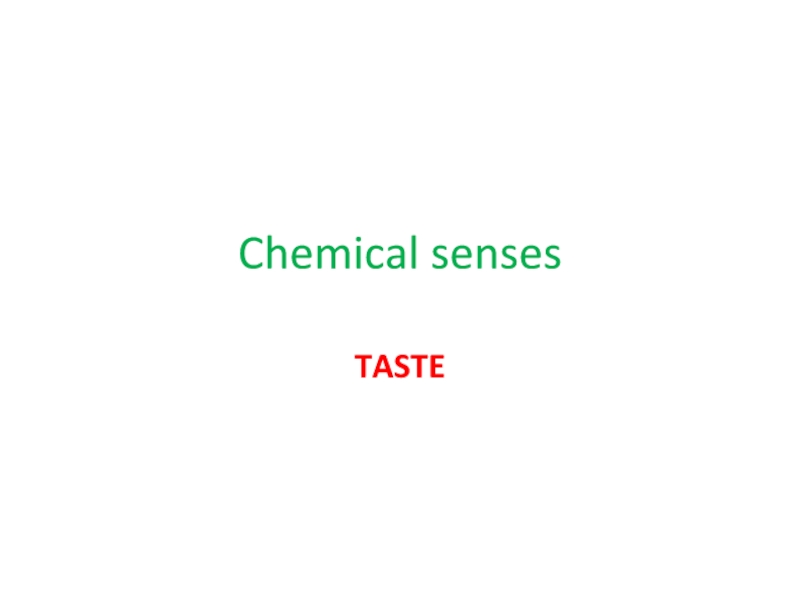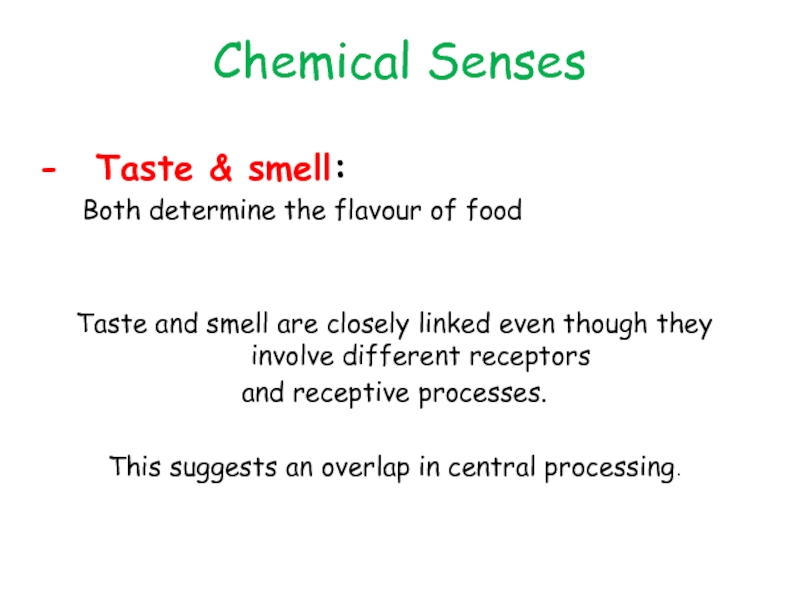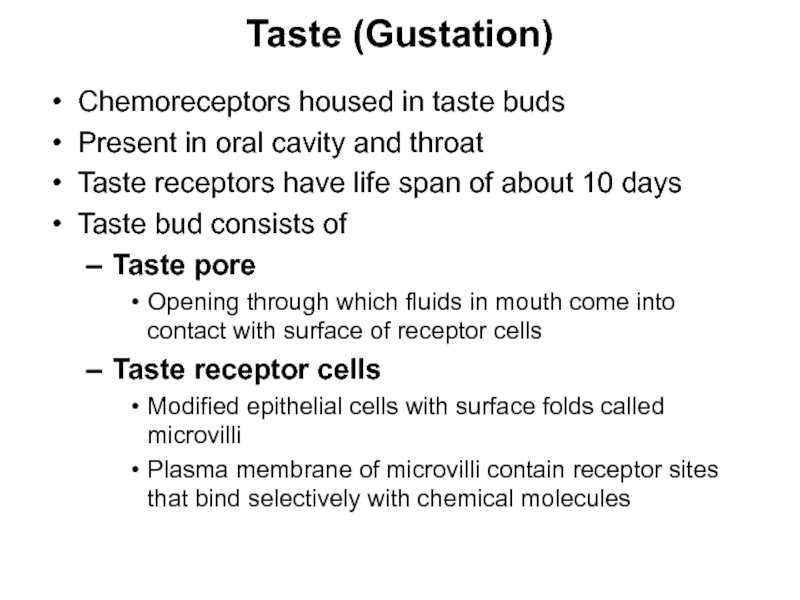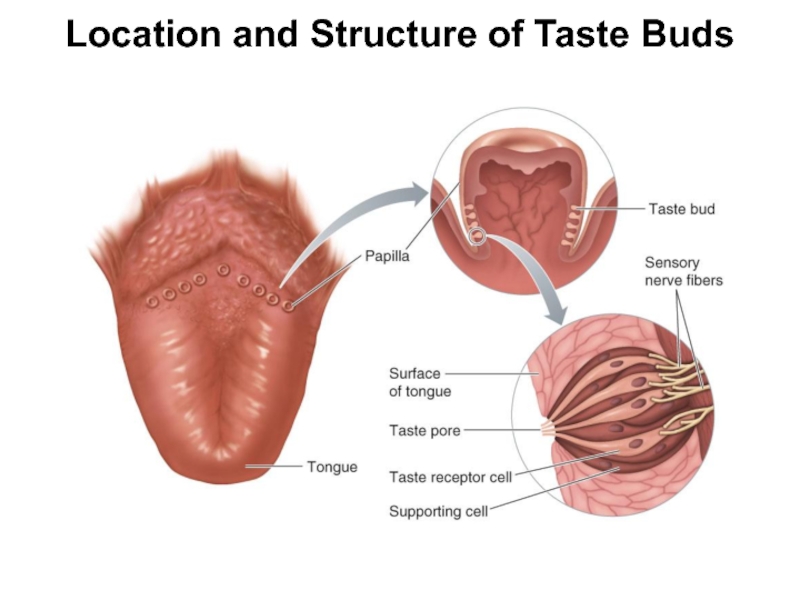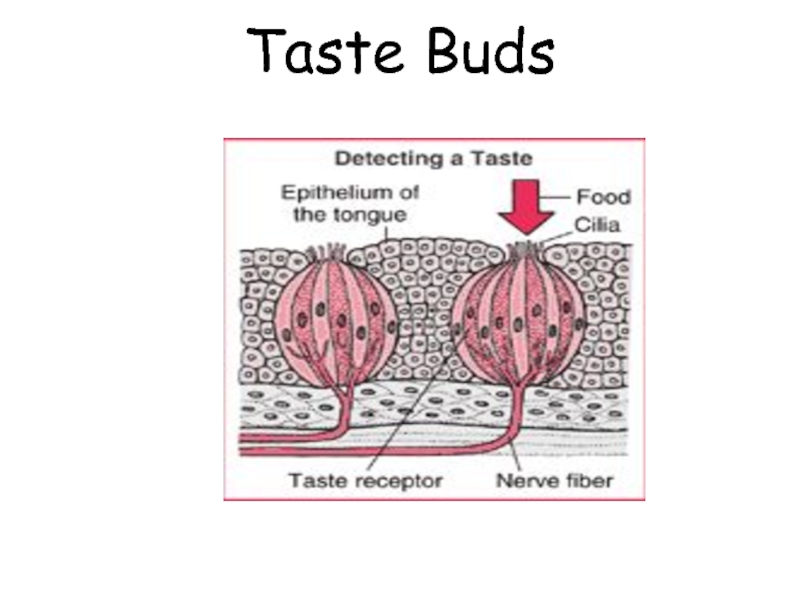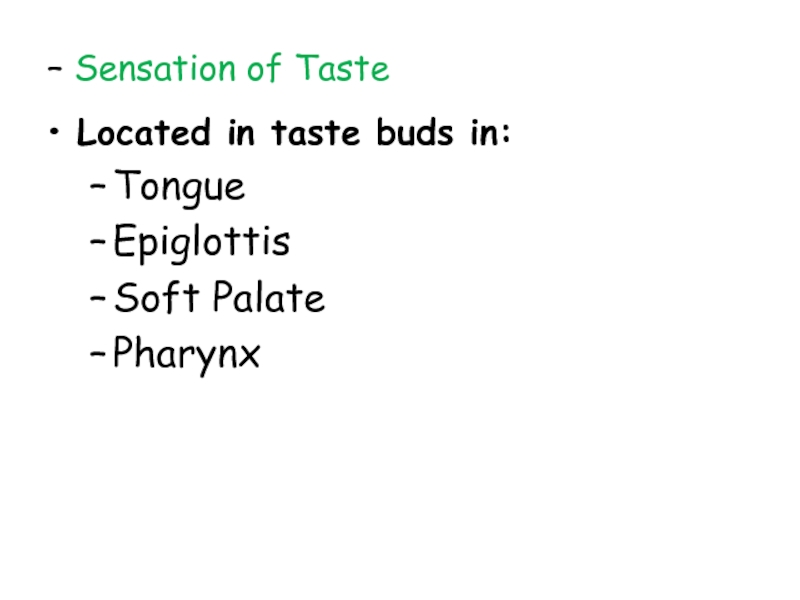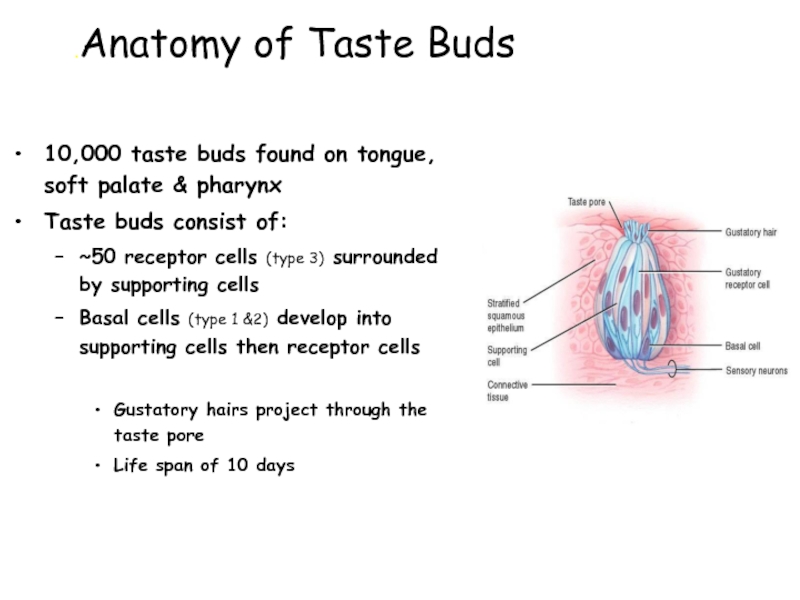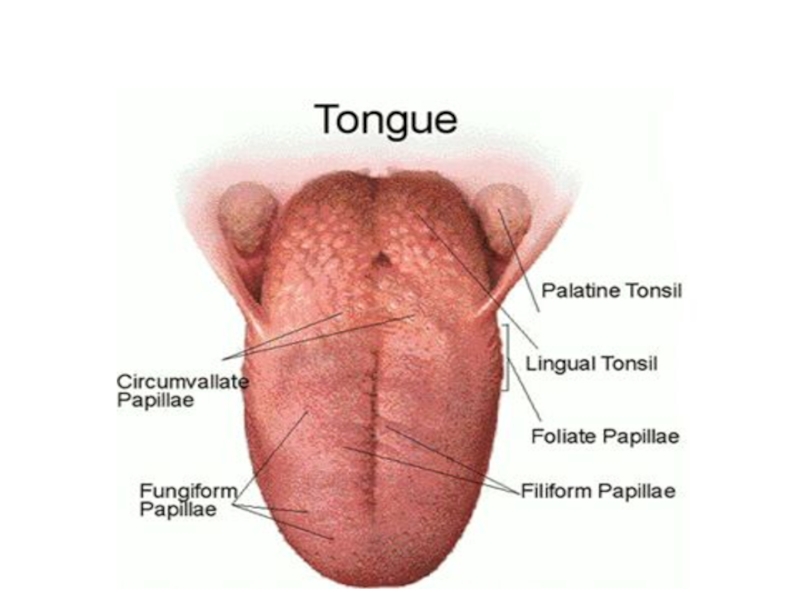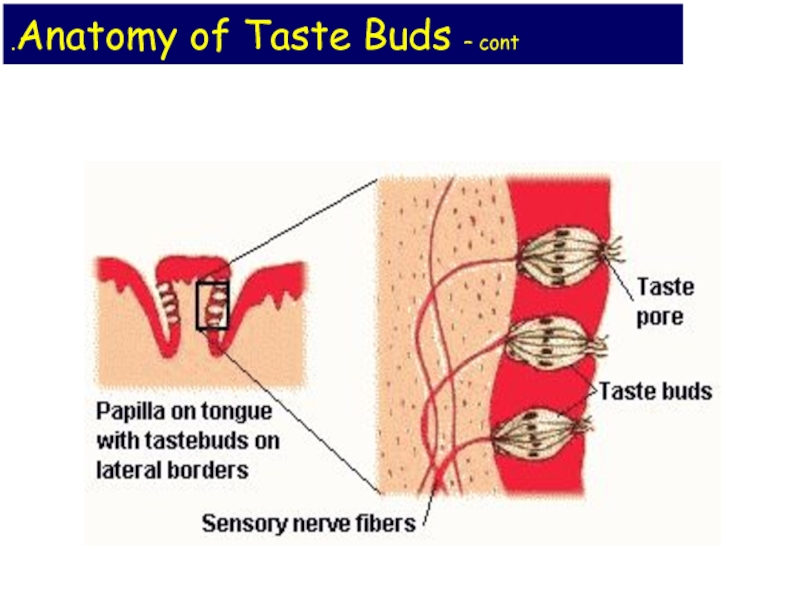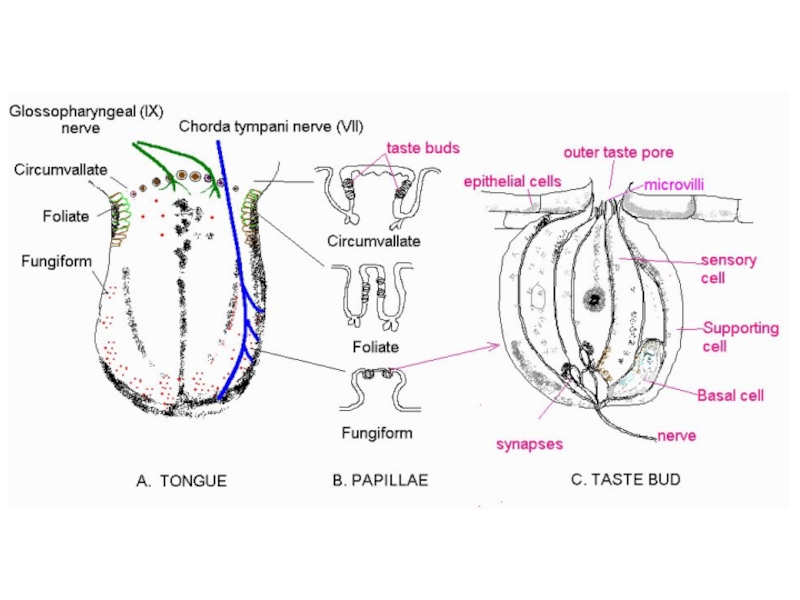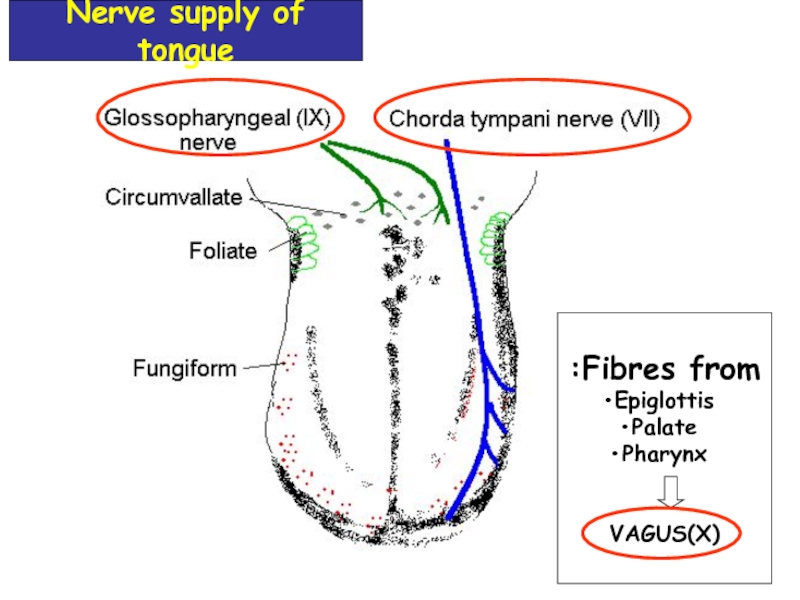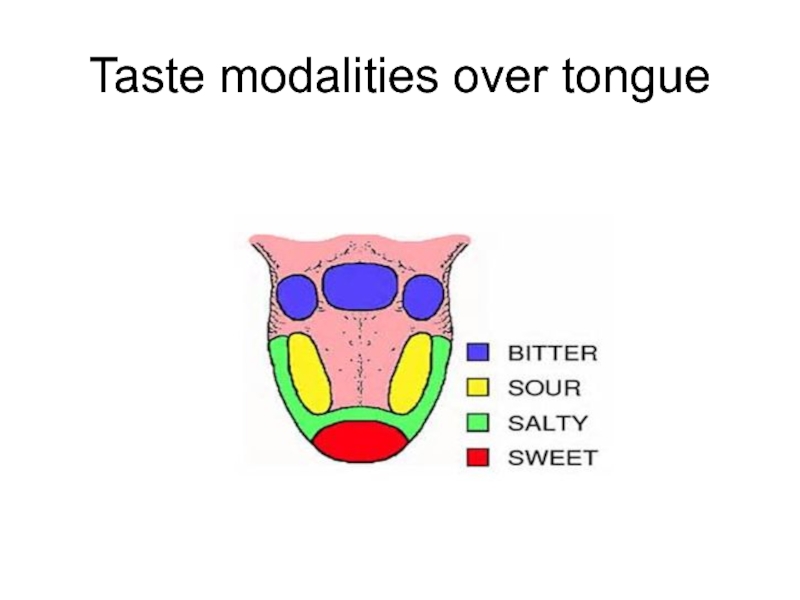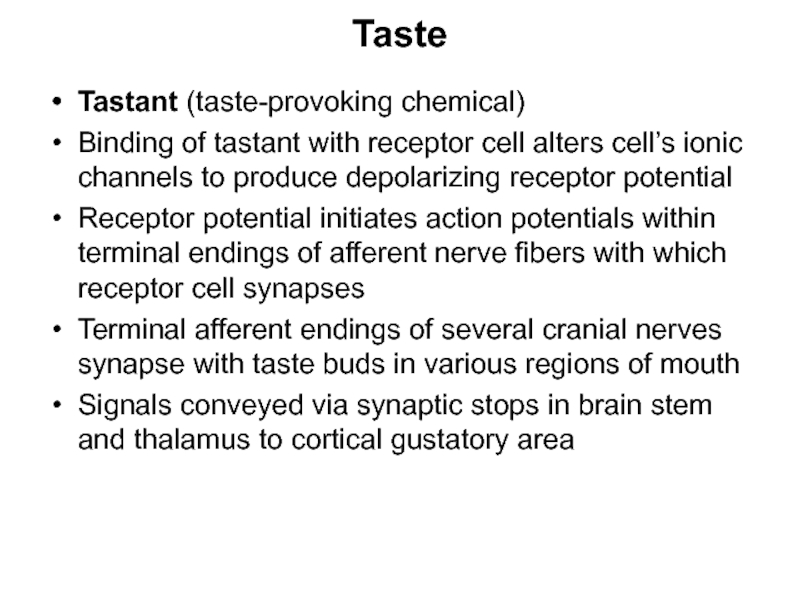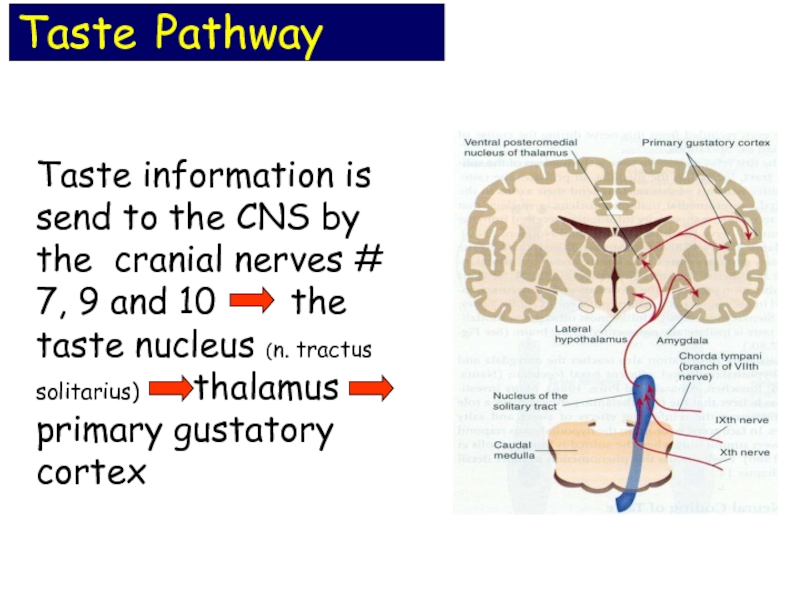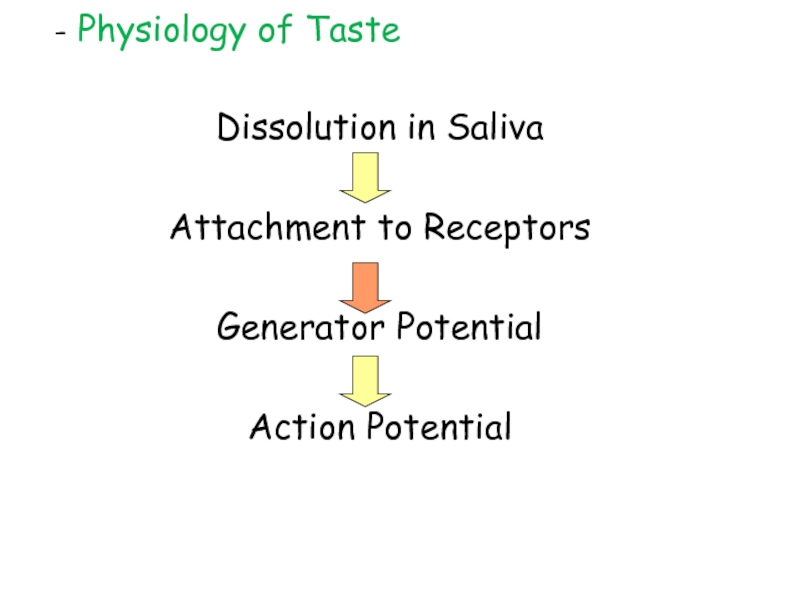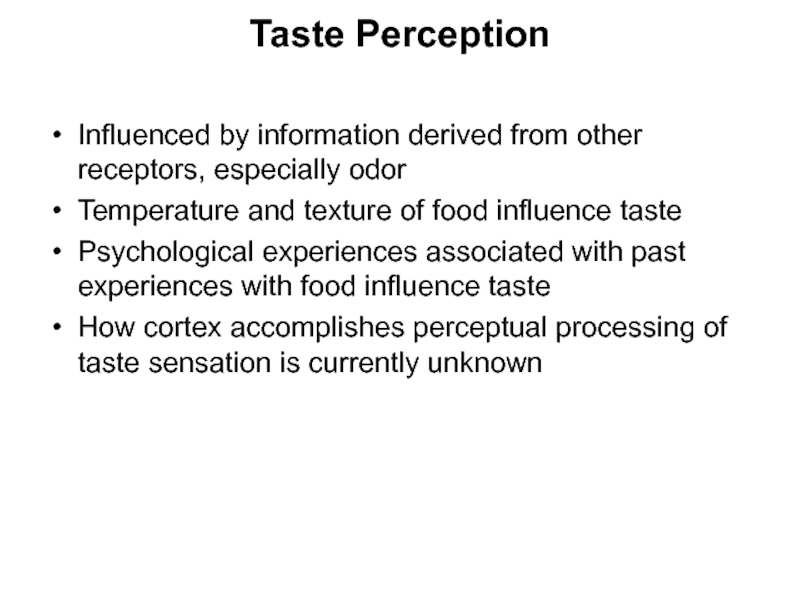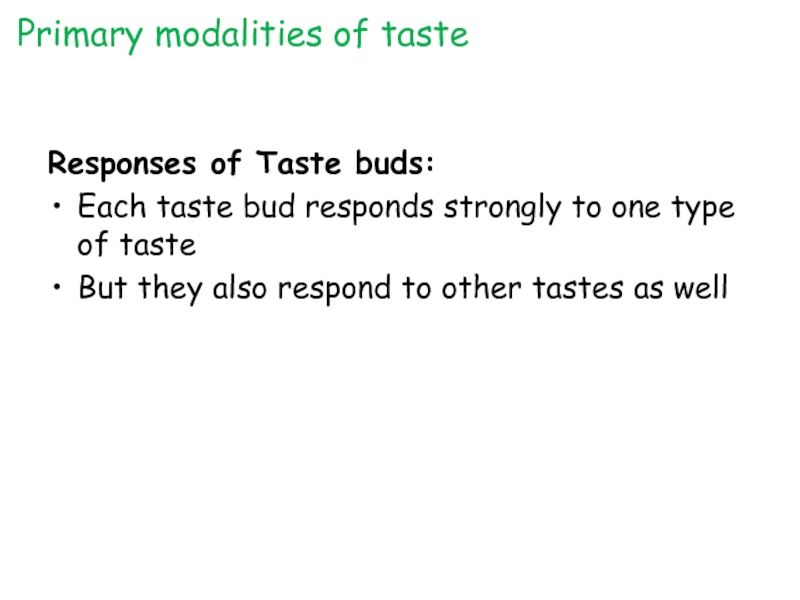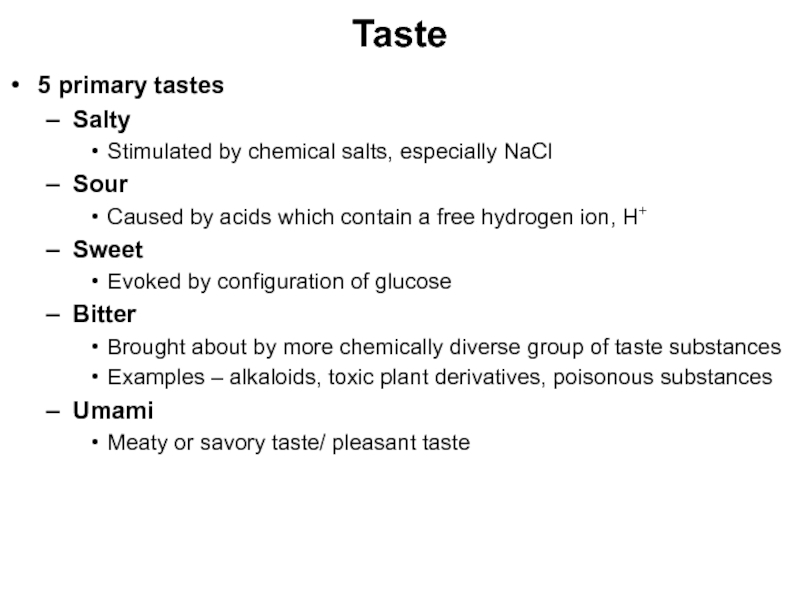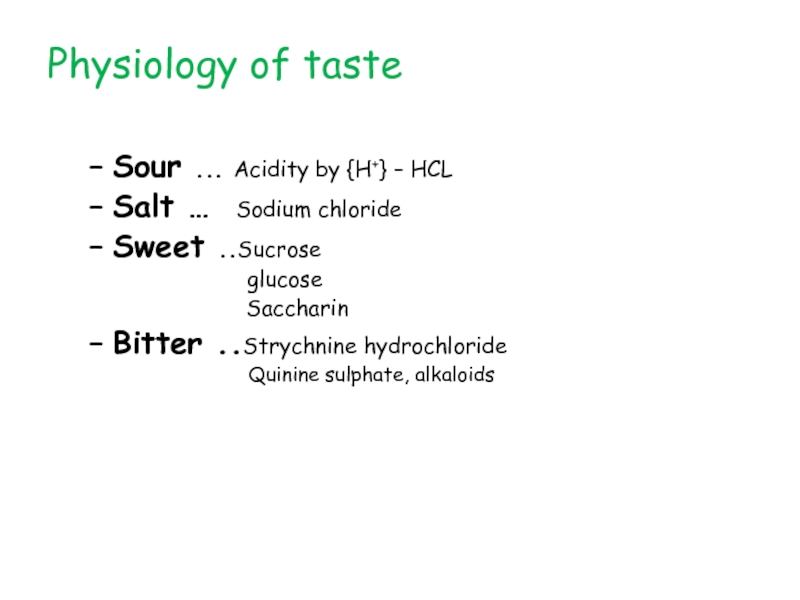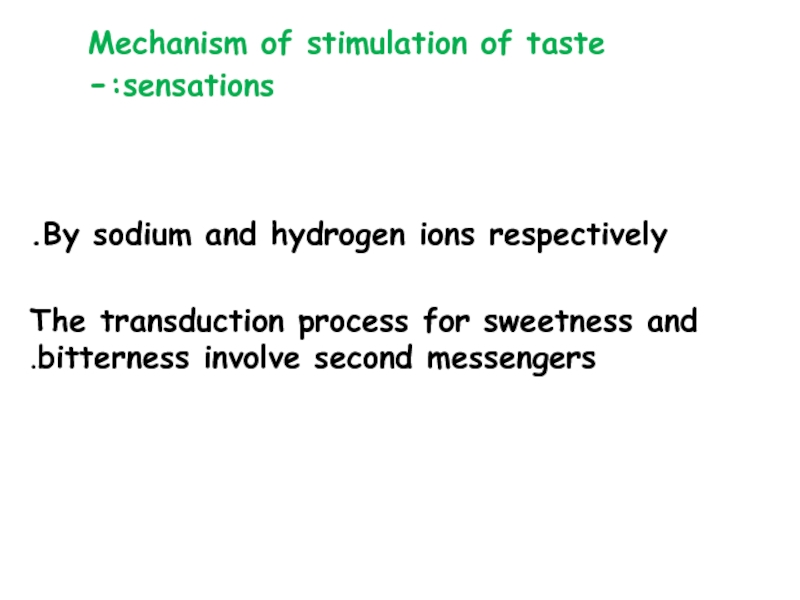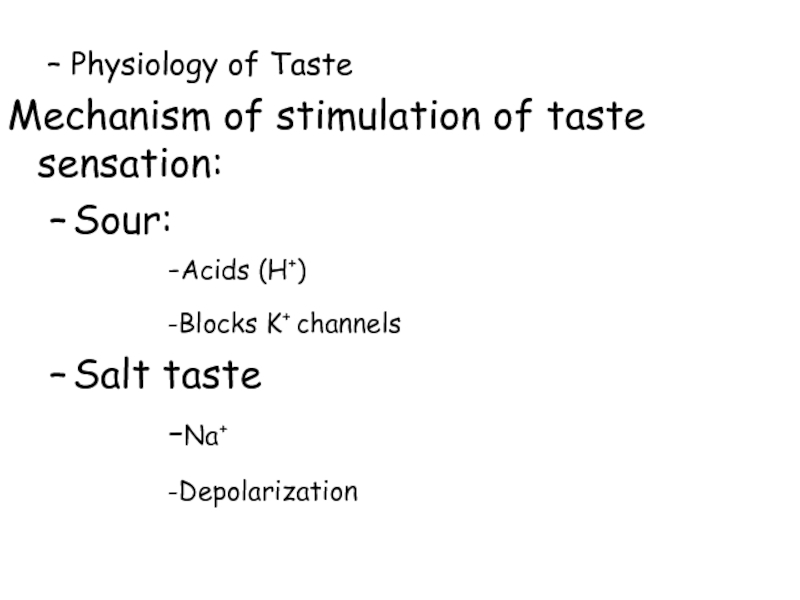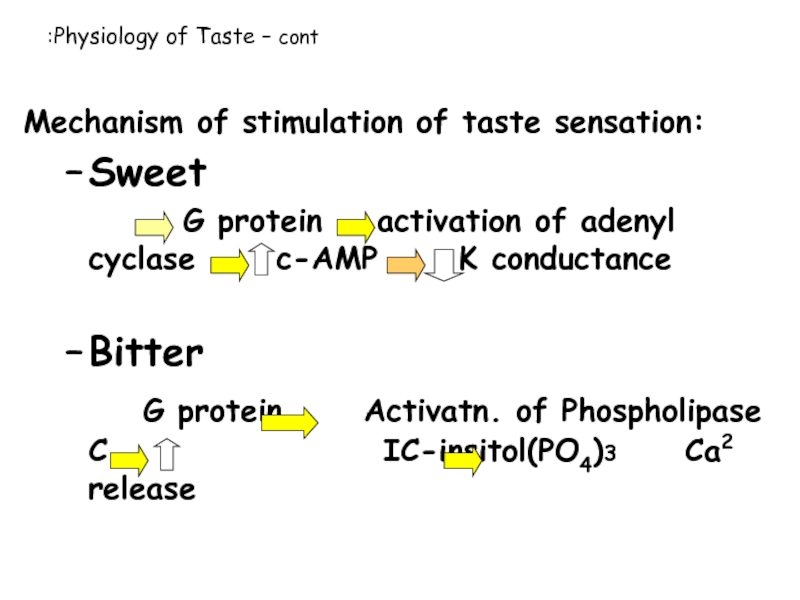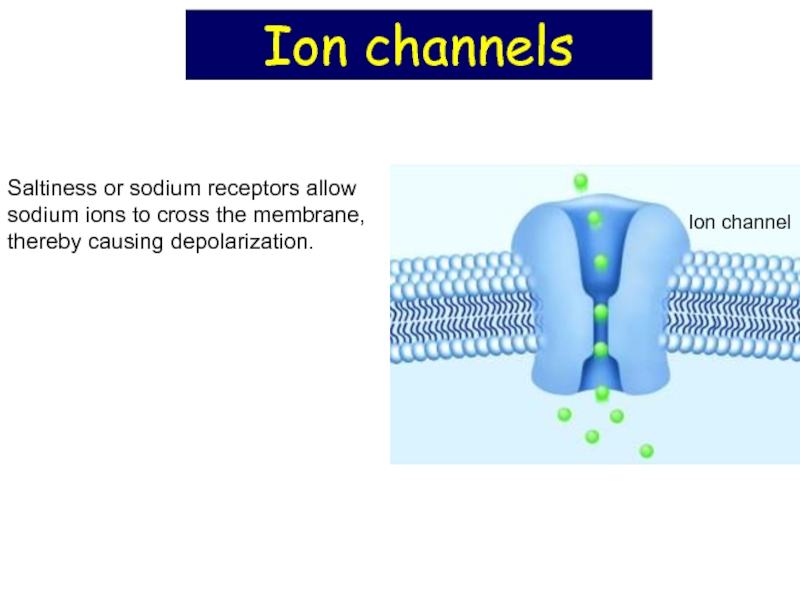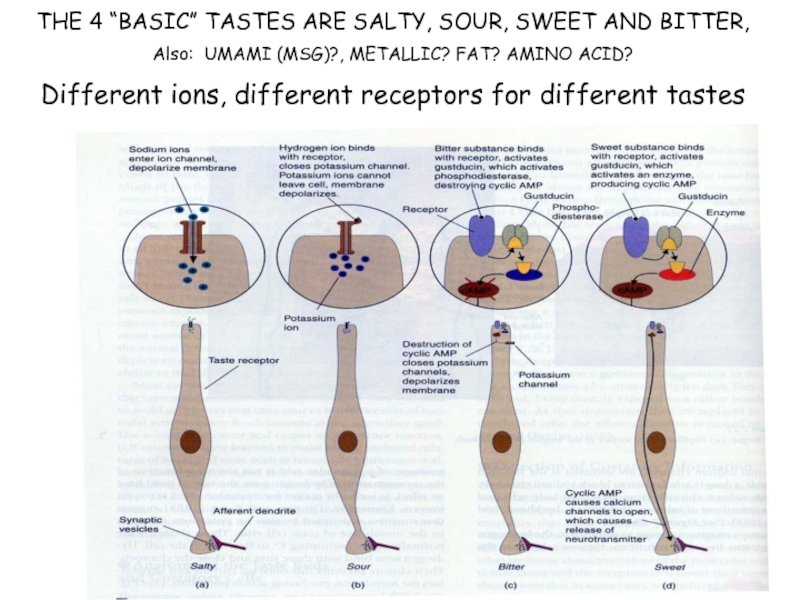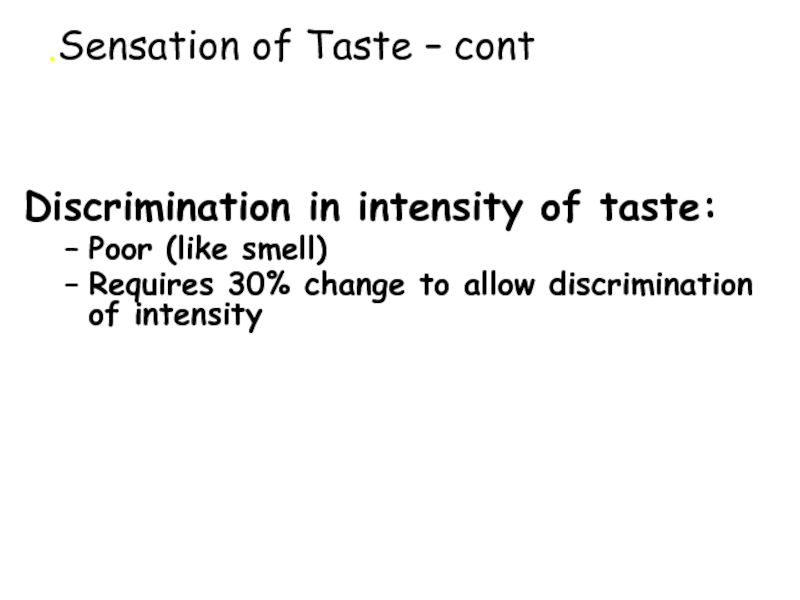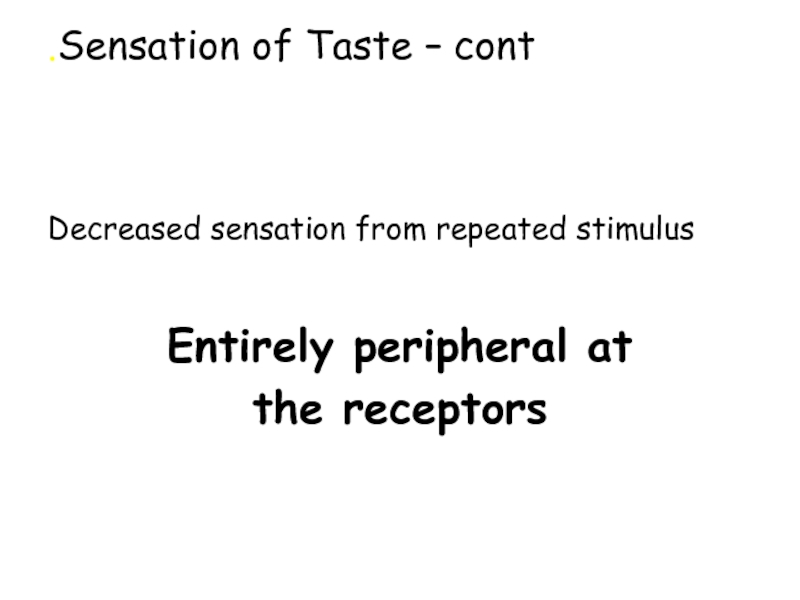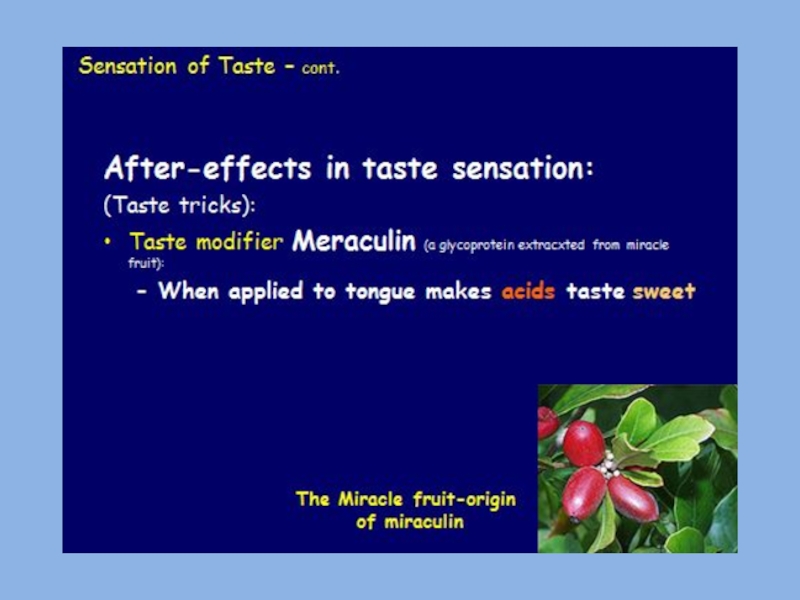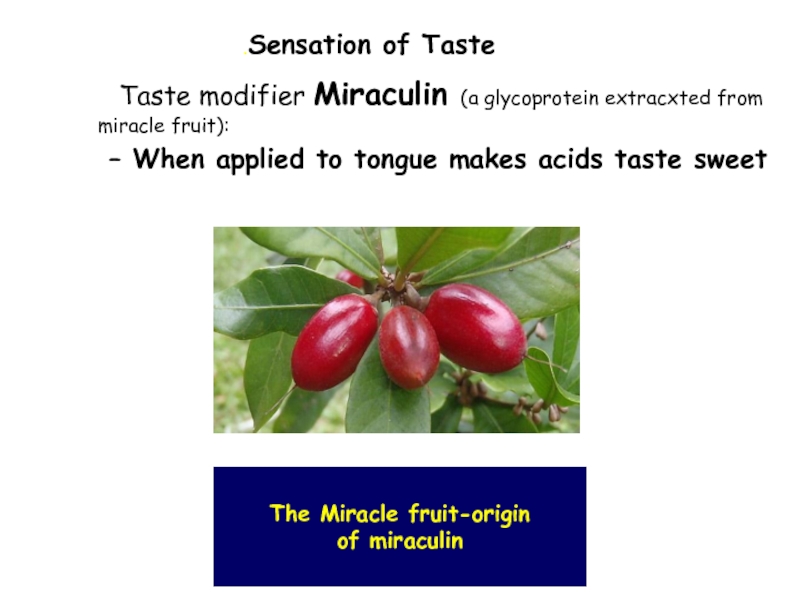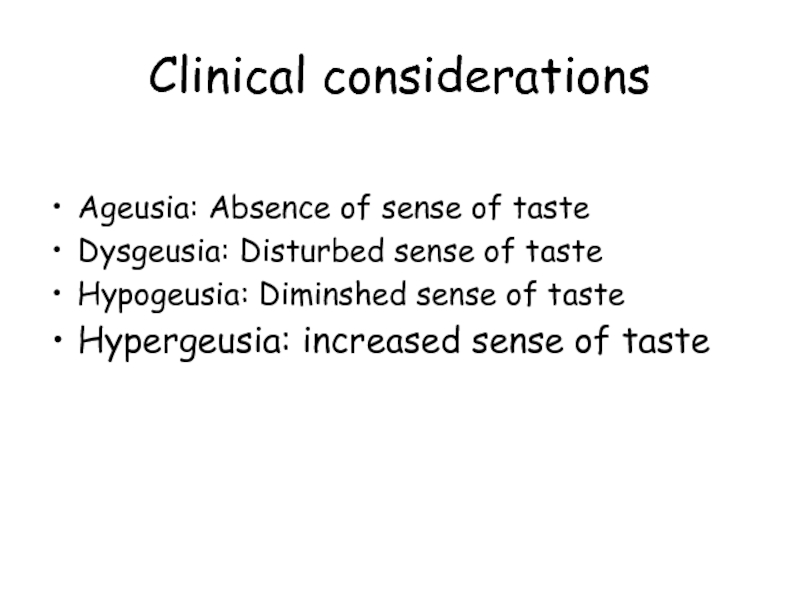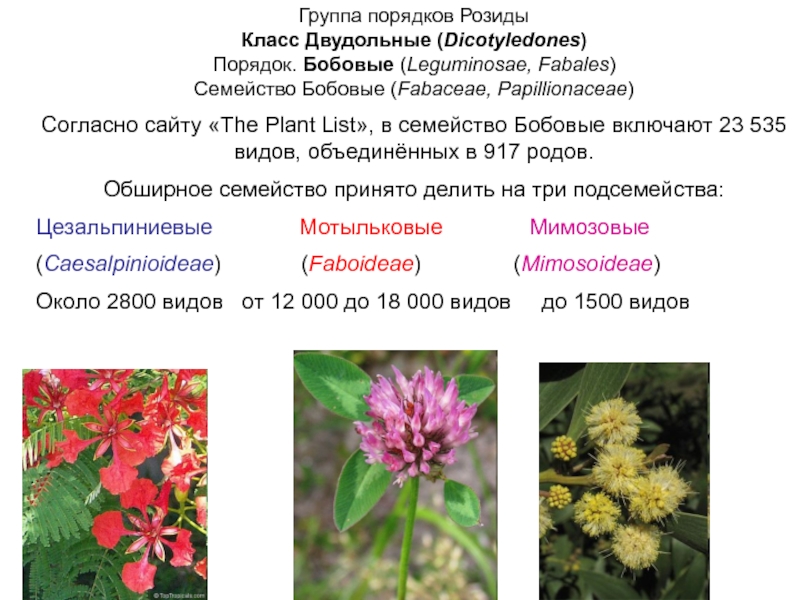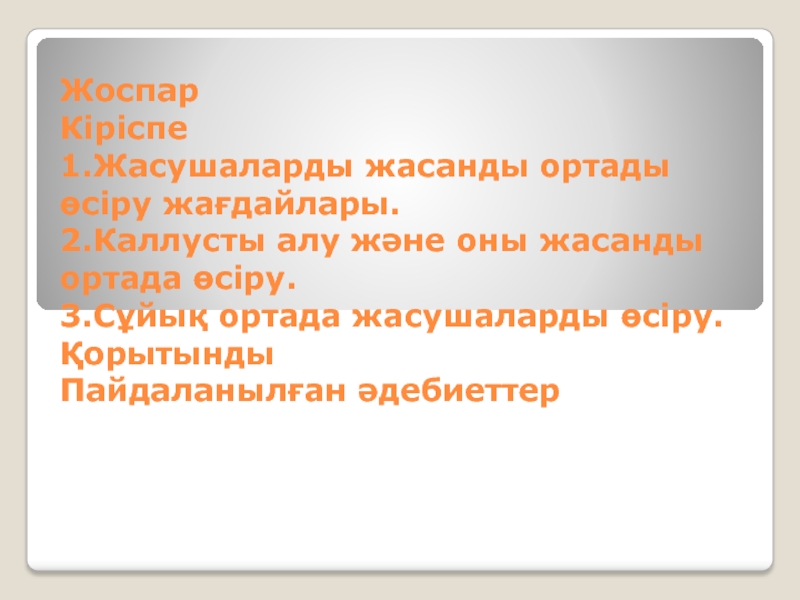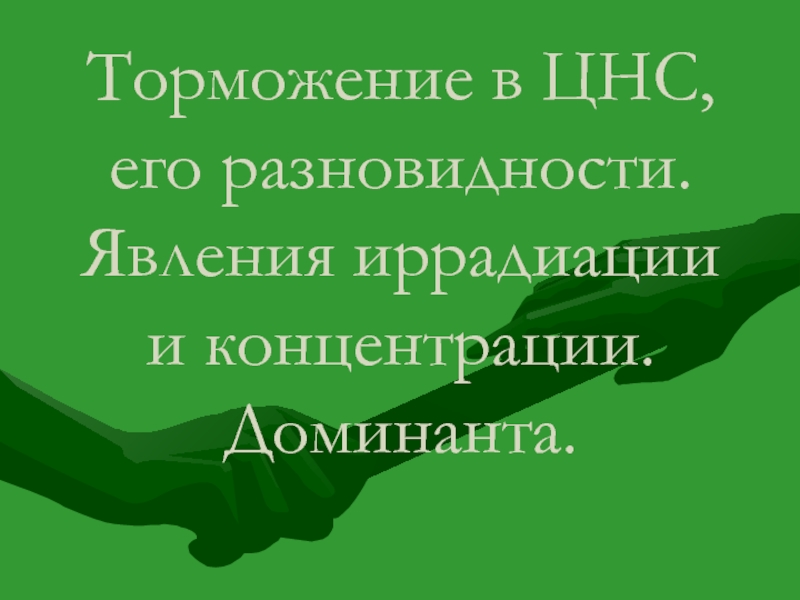- Главная
- Разное
- Дизайн
- Бизнес и предпринимательство
- Аналитика
- Образование
- Развлечения
- Красота и здоровье
- Финансы
- Государство
- Путешествия
- Спорт
- Недвижимость
- Армия
- Графика
- Культурология
- Еда и кулинария
- Лингвистика
- Английский язык
- Астрономия
- Алгебра
- Биология
- География
- Детские презентации
- Информатика
- История
- Литература
- Маркетинг
- Математика
- Медицина
- Менеджмент
- Музыка
- МХК
- Немецкий язык
- ОБЖ
- Обществознание
- Окружающий мир
- Педагогика
- Русский язык
- Технология
- Физика
- Философия
- Химия
- Шаблоны, картинки для презентаций
- Экология
- Экономика
- Юриспруденция
Chemical senses. Taste презентация
Содержание
- 1. Chemical senses. Taste
- 2. Chemical Senses Taste & smell: Both determine
- 3. Chemical Senses Taste and smell: Receptors
- 4. Taste (Gustation) Chemoreceptors housed in taste buds
- 5. Location and Structure of Taste Buds
- 6. Taste Buds
- 7. Located in taste buds in: Tongue Epiglottis
- 8. Anatomy of
- 10. Anatomy of Taste Buds – cont.
- 12. Fibres from: Epiglottis Palate Pharynx
- 13. Sensitivity differs in different areas, but all
- 14. Taste modalities over tongue
- 15. Taste Tastant (taste-provoking chemical) Binding
- 16. Taste information is send to the CNS
- 17. Dissolution in Saliva Attachment to Receptors
- 18. Taste Perception Influenced by information derived from
- 19. Responses of Taste buds: Each taste bud
- 20. Taste 5 primary tastes Salty Stimulated
- 21. Sour ... Acidity by {H+} – HCL
- 22. Mechanism of stimulation of taste sensations:-
- 23. Mechanism of stimulation of taste sensation: Sour:
- 24. Mechanism of stimulation of taste sensation: Sweet
- 25. Saltiness or sodium receptors allow
- 26. THE 4 “BASIC” TASTES ARE SALTY, SOUR,
- 27. Discrimination of intensity of taste: Discrimination in
- 28. Adaptation to taste: Decreased sensation from repeated
- 30. -Taste modifier Miraculin (a glycoprotein extracxted from
- 31. Clinical considerations Ageusia: Absence of sense of
Слайд 2Chemical Senses
Taste & smell:
Both determine the flavour of food
Taste and
and receptive processes.
This suggests an overlap in central processing.
Слайд 3Chemical Senses
Taste and smell:
Receptors are chemoreceptors
In association with food intake, influence
Stimulation of receptors induces pleasurable or objectionable sensations and signals presence of something to seek or to avoid
Слайд 4Taste (Gustation)
Chemoreceptors housed in taste buds
Present in oral cavity and throat
Taste
Taste bud consists of
Taste pore
Opening through which fluids in mouth come into contact with surface of receptor cells
Taste receptor cells
Modified epithelial cells with surface folds called microvilli
Plasma membrane of microvilli contain receptor sites that bind selectively with chemical molecules
Слайд 8 Anatomy of Taste Buds.
10,000 taste buds
Taste buds consist of:
~50 receptor cells (type 3) surrounded by supporting cells
Basal cells (type 1 &2) develop into supporting cells then receptor cells
Gustatory hairs project through the taste pore
Life span of 10 days
Слайд 13Sensitivity differs in different areas, but all tastes can be perceived
Its not
this
simple
Physiology of Taste :
Primary modalities of taste:
Слайд 15Taste
Tastant (taste-provoking chemical)
Binding of tastant with receptor cell alters
Receptor potential initiates action potentials within terminal endings of afferent nerve fibers with which receptor cell synapses
Terminal afferent endings of several cranial nerves synapse with taste buds in various regions of mouth
Signals conveyed via synaptic stops in brain stem and thalamus to cortical gustatory area
Слайд 16Taste information is send to the CNS by the cranial nerves
Taste Pathway
Слайд 17Dissolution in Saliva
Attachment to Receptors
Generator Potential
Action Potential
Слайд 18Taste Perception
Influenced by information derived from other receptors, especially odor
Temperature and
Psychological experiences associated with past experiences with food influence taste
How cortex accomplishes perceptual processing of taste sensation is currently unknown
Слайд 19Responses of Taste buds:
Each taste bud responds strongly to one type
But they also respond to other tastes as well
Primary modalities of taste
:
Слайд 20Taste
5 primary tastes
Salty
Stimulated by chemical salts, especially NaCl
Sour
Caused by acids
Sweet
Evoked by configuration of glucose
Bitter
Brought about by more chemically diverse group of taste substances
Examples – alkaloids, toxic plant derivatives, poisonous substances
Umami
Meaty or savory taste/ pleasant taste
Слайд 21Sour ... Acidity by {H+} – HCL
Salt … Sodium
Sweet ..Sucrose
glucose
Saccharin
Bitter ..Strychnine hydrochloride
Quinine sulphate, alkaloids
Physiology of taste
Слайд 22Mechanism of stimulation of taste sensations:-
Saltiness
The transduction process for sweetness and bitterness involve second messengers.
Слайд 23Mechanism of stimulation of taste sensation:
Sour:
-Acids (H+)
-Blocks K+ channels
Salt taste
-Na+
-Depolarization
Слайд 24Mechanism of stimulation of taste sensation:
Sweet
G protein activation of adenyl
Bitter
G protein Activatn. of Phospholipase C IC-insitol(PO4)3 Ca2 release
Physiology of Taste – cont:
Слайд 25
Saltiness or sodium receptors allow
sodium ions to cross the
thereby causing depolarization.
Sourness receptors operate by closing
potassium channels, which allows a
positive charge to build up, thereby
causing depolarization of the cell.
Ion channel
Ion channels
Слайд 26THE 4 “BASIC” TASTES ARE SALTY, SOUR, SWEET AND BITTER,
Also: UMAMI
Different ions, different receptors for different tastes
Слайд 27Discrimination of intensity of taste:
Discrimination in intensity of taste:
Poor (like smell)
Requires
Sensation of Taste – cont.
Слайд 28Adaptation to taste:
Decreased sensation from repeated stimulus
Entirely peripheral at
the receptors
Sensation of Taste – cont.
Слайд 30-Taste modifier Miraculin (a glycoprotein extracxted from miracle fruit):
When applied to
effects in taste sensation:
(Taste tricks):
Sensation of Taste.
The Miracle fruit-origin
of miraculin
Слайд 31Clinical considerations
Ageusia: Absence of sense of taste
Dysgeusia: Disturbed sense of taste
Hypogeusia:
Hypergeusia: increased sense of taste
